History isn’t merely a string of dates or dusty artifacts; it’s the collective memory of humankind. Every event, invention, and revolution shapes the world we live in today. Beneath the familiar stories lie lesser-known truths that reveal how connected, surprising, and alive our past really is. From the fall of empires to the birth of ideas, each fact below opens a window into the ingenuity and resilience of our ancestors. For the true history buff, these moments are not just lessons; they’re living echoes of everything that made us who we are.
1. Cleopatra Lived Closer to the Moon Landing Than the Pyramids
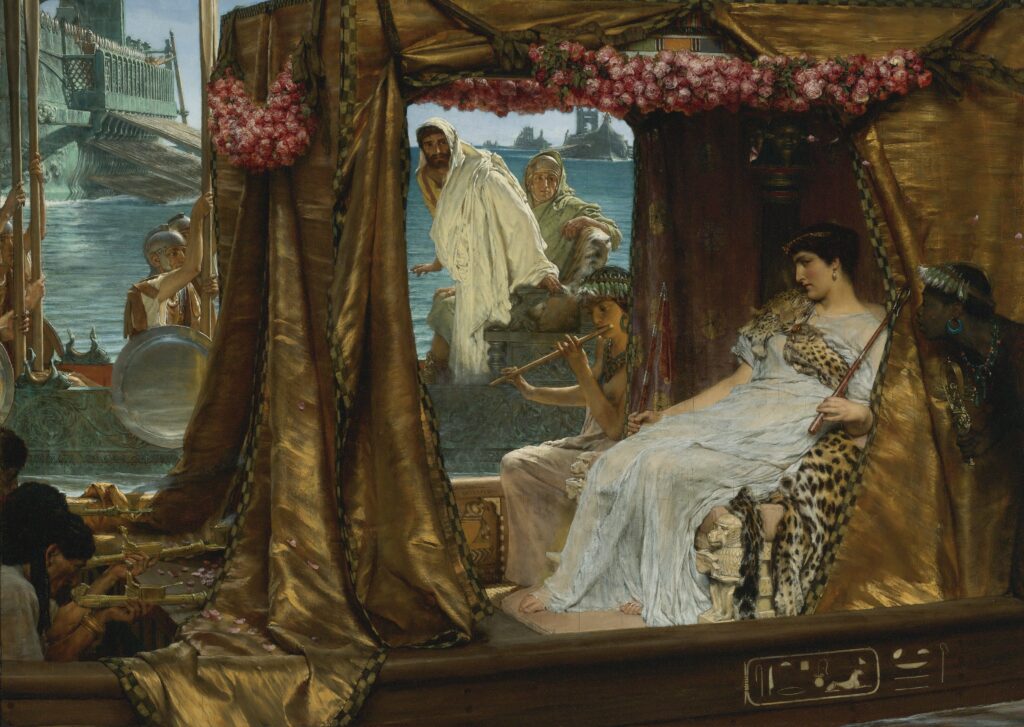
Cleopatra VII, the last pharaoh of Egypt, reigned in the first century BCE over two thousand years after the Great Pyramid of Giza was completed around 2560 BCE. Strangely, her lifetime sits only about two millennia before humanity first walked on the moon. This perspective collapses what we often imagine as an infinite gulf of time between “ancient” and “modern.” It reminds us that the marvels of Egypt’s golden age were already ancient history to Cleopatra, just as her own legend feels timeless to us.
2. Oxford University Existed Before the Aztec Empire
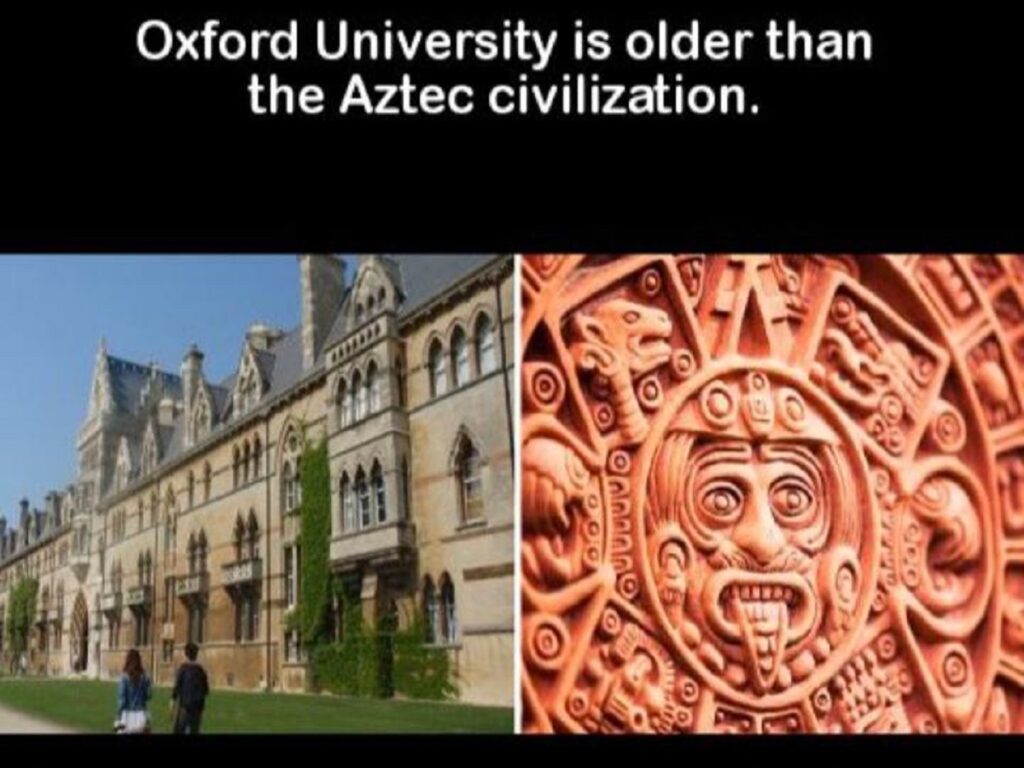
By the year 1096, Oxford University had begun nurturing scholars who debated philosophy and science in candlelit halls. Centuries later, in 1428, the Aztec Empire would rise in the Valley of Mexico. This curious overlap shows how unevenly civilization evolves across continents. While Europe built universities rooted in classical tradition, Mesoamerica was giving birth to its own vast empire of art, astronomy, and agriculture. The two worlds, entirely unaware of one another, were each crafting their own vision of greatness.
3. The Eiffel Tower Was Once Hated by Parisians

When Gustave Eiffel’s iron creation pierced the Paris skyline in 1889, it was scorned as an industrial scar on a city devoted to elegance. Critics called it “a tragic streetlamp” and “a monstrous factory chimney.” Yet over the decades, this 984-foot tower became the most beloved symbol of France. Its transformation from an eyesore into an icon reveals how innovation often meets ridicule before admiration and how beauty, in time, can transcend its critics entirely.
4. Napoleon Wasn’t Actually Short
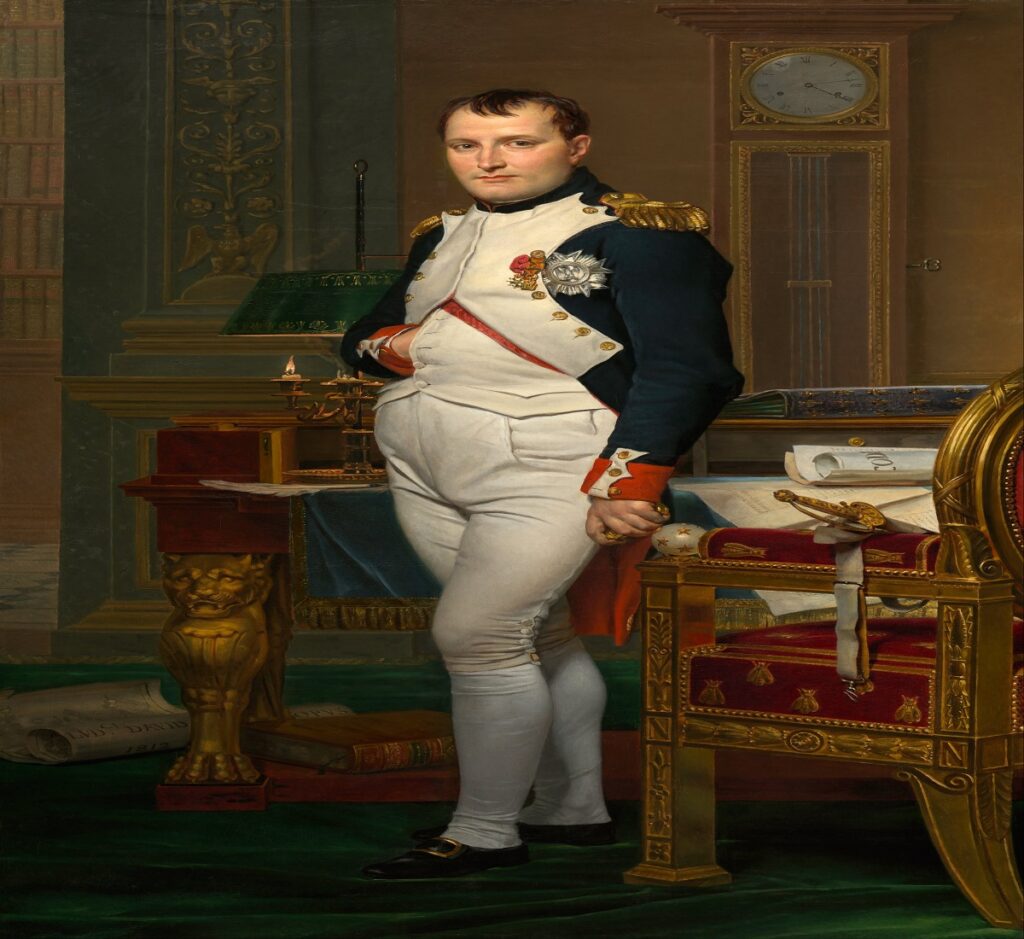
Napoleon Bonaparte’s supposed shortness is one of history’s most successful myths. Standing about 5 feet 6 inches, he was perfectly average for his time. British caricaturists, eager to belittle France’s military genius, exaggerated his height for comedic effect, cementing the “Little Corporal” image in popular imagination. The irony is that Napoleon’s true stature lay not in inches but in ambition. His campaigns redrew Europe’s map, and his reforms still shape modern law and education. History’s tallest legacies aren’t always measured in height.
5. Vikings Never Wore Horned Helmets
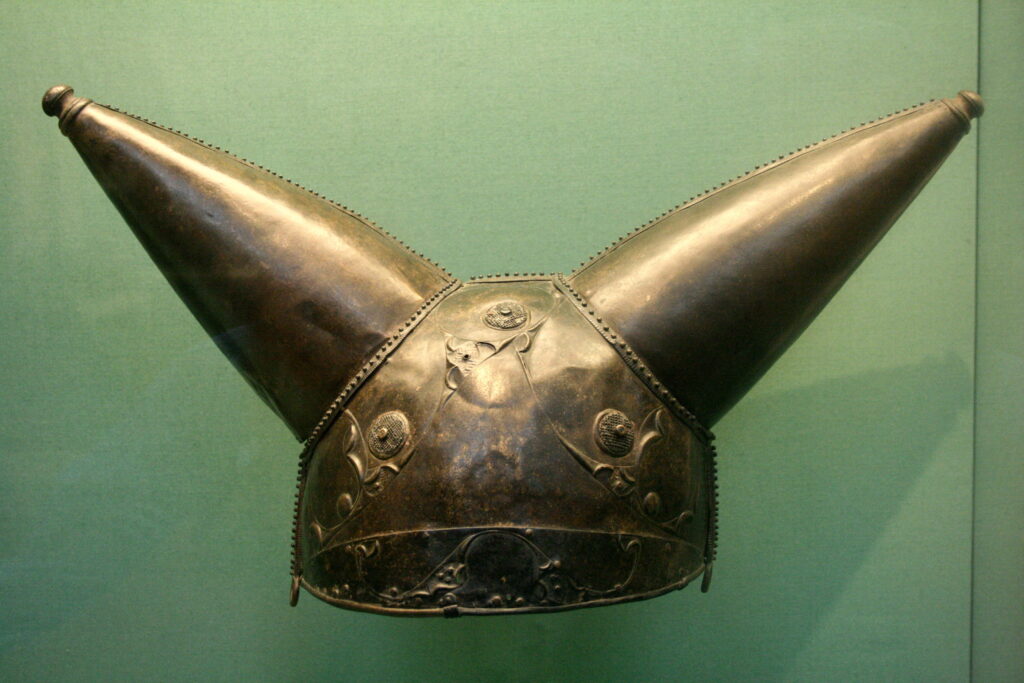
The fierce Viking warrior crowned with horns exists only in romantic art. Archaeological discoveries reveal helmets that were simple, conical, and practically designed for battle, not pageantry. The horned image was born in the 1800s when costume designers for Wagnerian opera sought dramatic flair. Over time, that theatrical invention eclipsed reality. Still, it reflects our deep desire to dramatize the past, to transform pragmatic sailors and traders into mythical heroes of thunder and sea.
6. The Great Fire of London Helped End the Plague
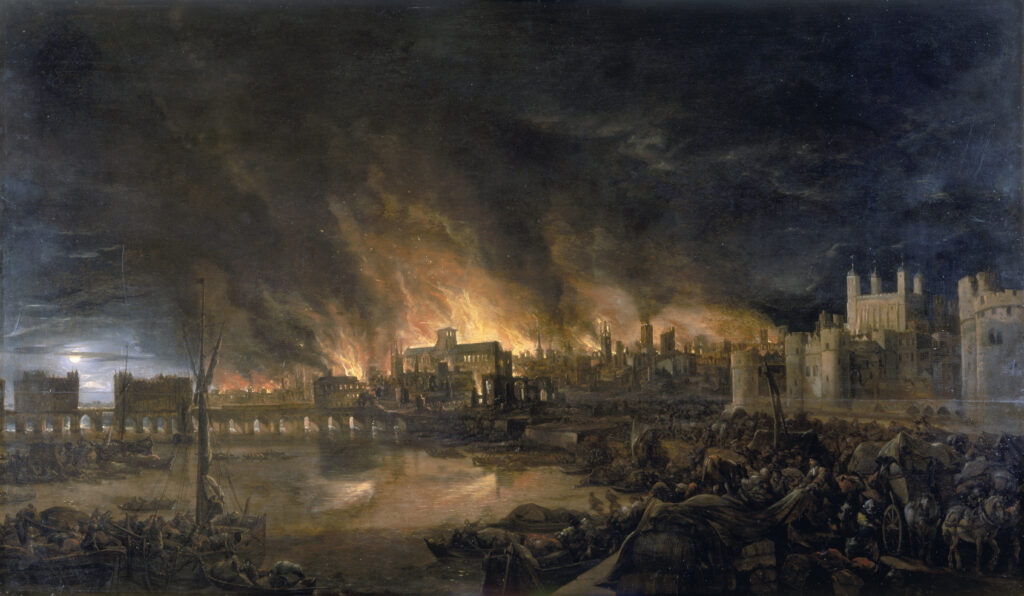
In September 1666, a small spark in a bakery ignited one of London’s greatest disasters. The fire raged for four days, reducing most of the medieval city to ash. Yet amid the destruction lay an unexpected mercy; it burned away the rat-infested neighborhoods that had fueled the Great Plague the year before. Out of tragedy came renewal: new urban planning, brick construction, and cleaner living standards. The fire proved that sometimes history’s worst infernos light the path to modern progress.
7. A Day Once Lasted Only 23 Hours

Far back in Earth’s prehistory, our planet spun more rapidly, completing a rotation in roughly 23 hours. Scientists discovered this by studying the growth rings of ancient corals, which record daily sunlight like tree rings record years. Over billions of years, the gravitational pull of the moon has slowed Earth’s spin, lengthening the day by nearly an hour. It’s humbling to realize that even the rhythm of time itself is not eternal but gently evolving with the cosmos.
8. The Shortest War in History Lasted 38 Minutes

At dawn on August 27, 1896, the Sultanate of Zanzibar defied British demands to abdicate. Within minutes, British warships opened fire. By 9:40 a.m., the palace lay in ruins, the Sultan had fled, and the war was over after only thirty-eight minutes. This absurdly brief conflict underscores the staggering imbalance of colonial power. It also illustrates how diplomacy and violence once coexisted in an age when empires could rise or fall in less than an hour’s time.
9. The Colosseum Once Held Naval Battles
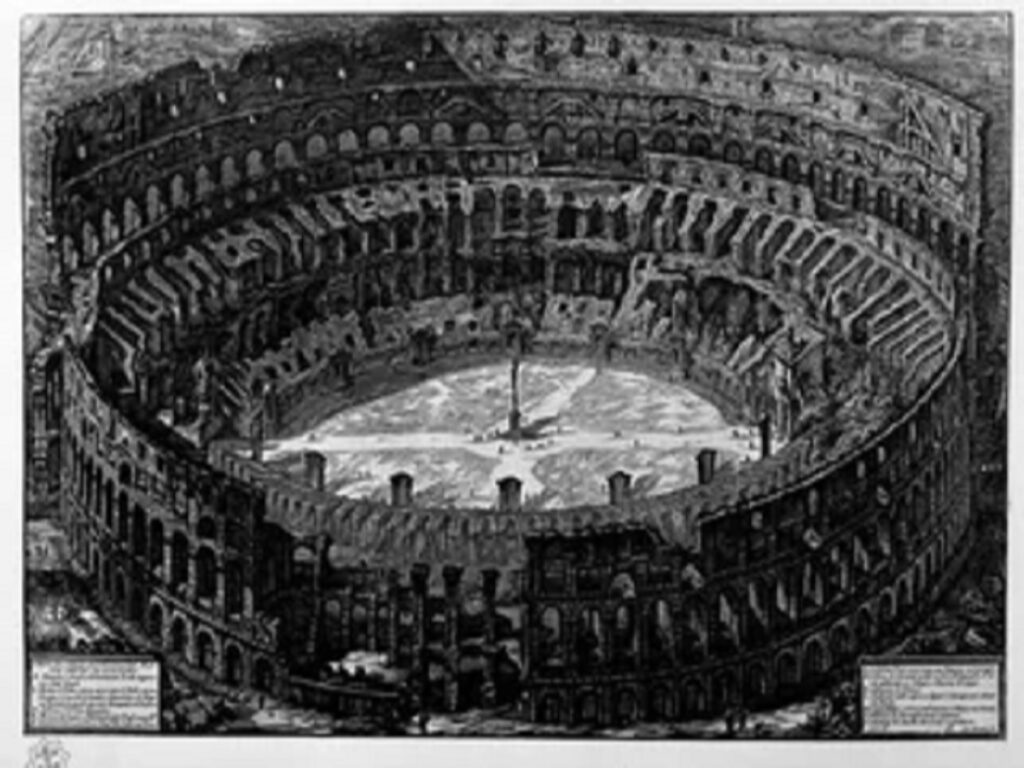
Rome’s Colosseum, famed for gladiatorial combat, was far more versatile than legend suggests. In its earliest years, engineers flooded the arena through underground channels to stage mock sea battles, complete with miniature ships and costumed fighters. Thousands watched as war played out upon the water’s surface inside the stone amphitheater. These performances reveal not only Roman ingenuity but also the empire’s hunger for spectacle, a culture that blurred the line between entertainment and engineering marvel.
10. The Leaning Tower of Pisa Was Never Straight

Begun in 1173, the Tower of Pisa started leaning almost immediately when soft ground shifted beneath its foundation. Over the next two centuries, each new architect tried to compensate, creating a graceful but unintended curve. By the 20th century, engineers feared collapse, yet modern stabilization preserved its tilt for future generations. Today it stands as a monument to both human miscalculation and human determination, a reminder that even our errors can become works of lasting beauty.
11. George Washington Didn’t Have Wooden Teeth
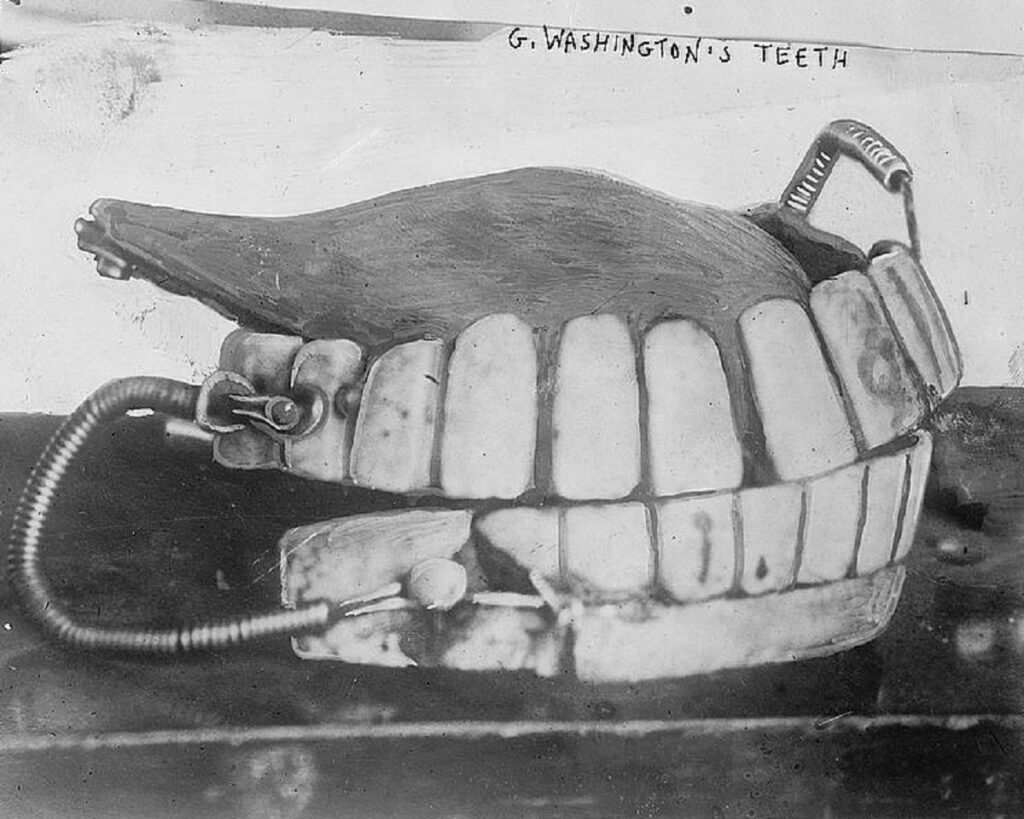
Though generations of schoolchildren pictured America’s first president grinning through wooden dentures, Washington’s dental sets were crafted from ivory, gold, and even human teeth. The wood myth likely arose because the ivory stained and cracked, resembling aged timber. The truth is more unsettling yet more human: even heroes endured pain and imperfection. Washington’s false teeth reflect an era of crude medicine and the enduring tendency of history to sand reality into legend.
12. Ancient Romans Used Urine for Cleaning
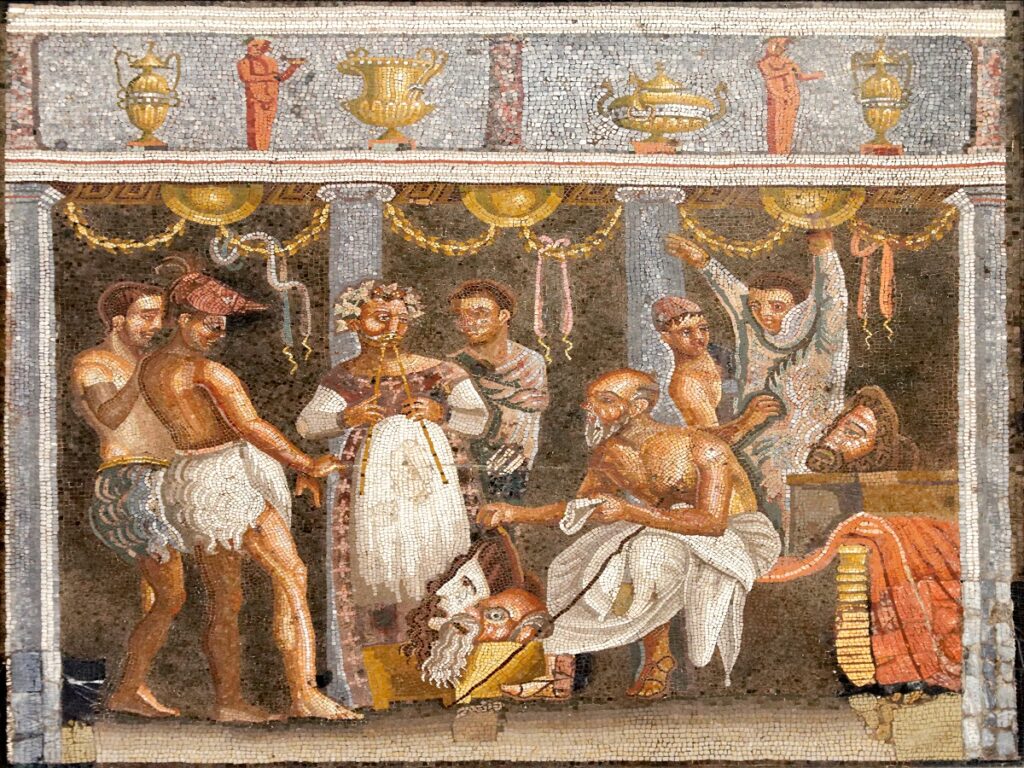
In the bustling streets of ancient Rome, public jars collected urine that was sold to fullers, professional launderers who used its ammonia to whiten togas. The practice might make modern noses wrinkle, but it symbolized Roman practicality. Nothing was wasted, and even waste itself had value. This odd detail reveals the inventiveness of a civilization that engineered aqueducts, concrete, and heated floors, yet also relied on the humblest of substances to keep its citizens spotless.
13. The First Computer Programmer Was a Woman
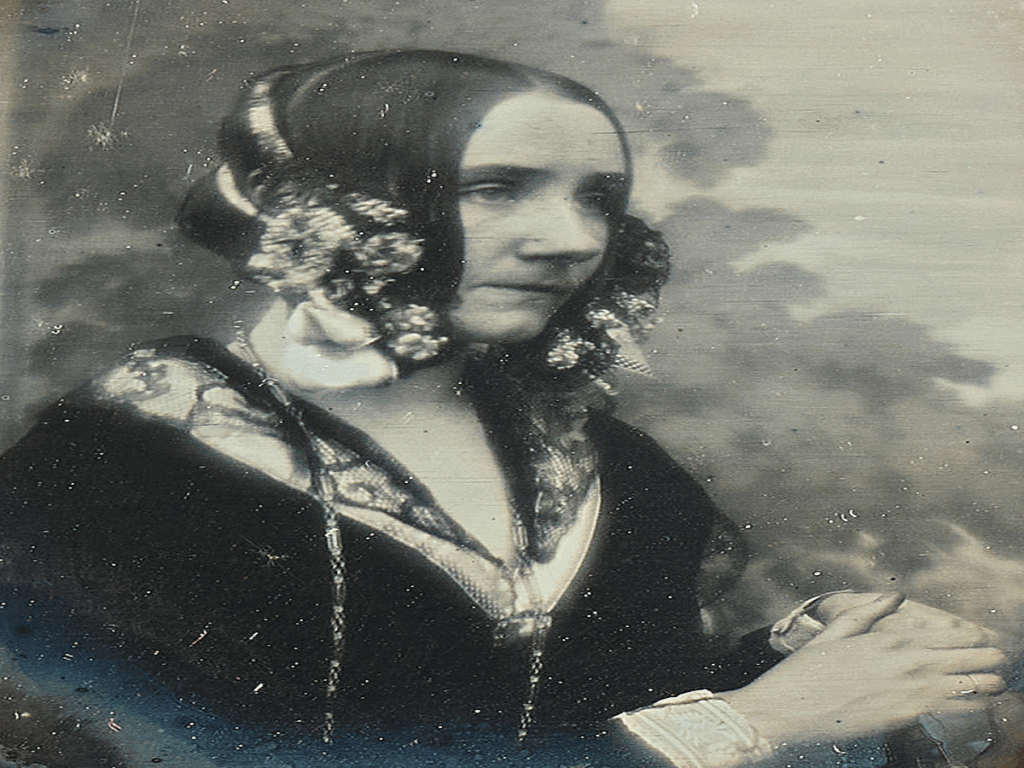
Ada Lovelace, the brilliant daughter of poet Lord Byron, collaborated with mathematician Charles Babbage in the 1840s on his Analytical Engine, an early conceptual computer. In her meticulous notes, Ada foresaw a machine capable of processing not only numbers but also symbols and music. She wrote the first algorithm intended for such a device, anticipating software by a century. Her insight bridges poetry and mathematics, reminding us that imagination often precedes invention in the march of progress.
14. The Titanic Wasn’t the First Ship to Send SOS

When the RMS Titanic struck an iceberg in 1912, its distress signal of “SOS” became immortalized. Yet this call for help had been standardized six years earlier under international radio regulations. The Titanic’s tragedy merely burned the code into global memory. Contrary to rumor, the letters stand for nothing; they were chosen for simplicity in Morse code. From that night onward, three dots, three dashes, three dots would echo as the universal cry of distress.
15. Einstein Was Offered the Presidency of Israel

In 1952, after Israel’s first president died, the nation turned to Albert Einstein, offering him the ceremonial role as a symbol of wisdom and moral authority. The great physicist politely declined, admitting he lacked “the natural aptitude and experience” for politics. His refusal revealed profound humility: even the man who reshaped our understanding of the universe knew that intellect alone could not govern people. Sometimes the greatest leaders are those who know when not to lead.
16. The Longest Reign in History Lasted 82 Years

King Sobhuza II of Swaziland (now Eswatini) ascended the throne as an infant in 1899 and ruled until 1981. His reign spanned colonial domination, independence, and modernization, a living bridge between centuries. Under his leadership, traditions endured even as the nation transformed. Few rulers have witnessed so many epochs pass within a single lifetime. His story reminds us that longevity in leadership can create not stagnation but a rare continuity of vision through turbulent change.
17. The Library of Alexandria Wasn’t Destroyed All at Once
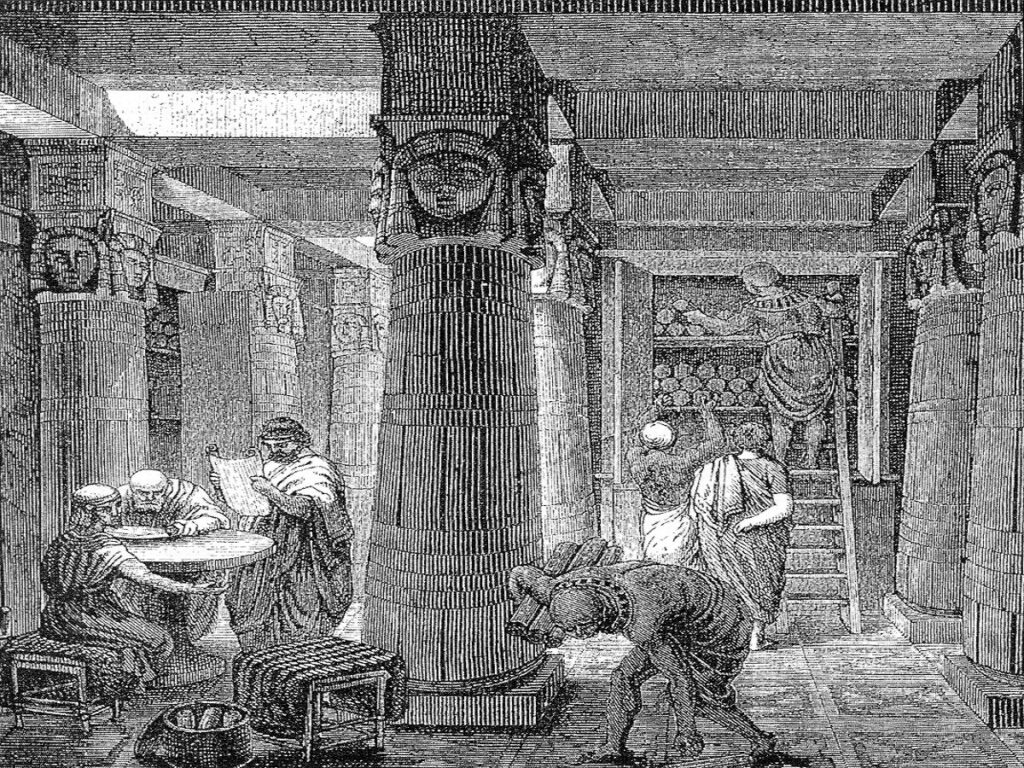
The loss of the Library of Alexandria is often imagined as a single cataclysmic fire, yet history tells a slower, sadder story. Wars, decrees, and neglect each chipped away at its scrolls over centuries. By the time the final embers cooled, much of the ancient world’s wisdom had already vanished. Its gradual demise is a haunting lesson: knowledge rarely perishes in an instant; it fades when cultures stop protecting curiosity itself.
18. Winston Churchill Won a Nobel Prize for Literature
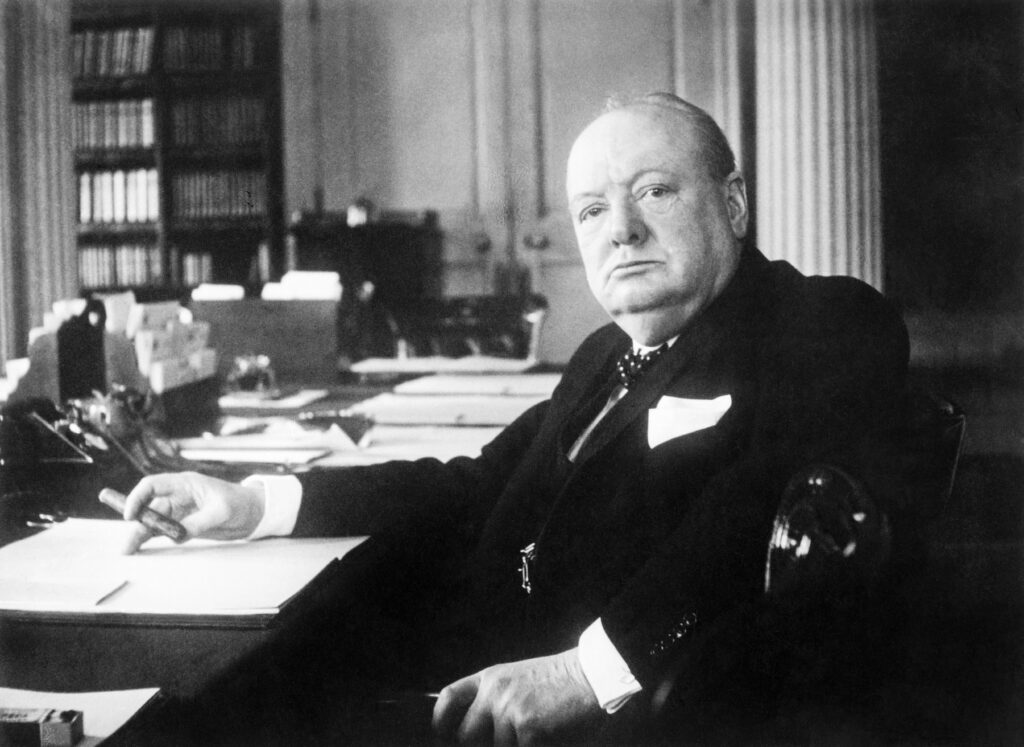
Beyond his wartime speeches, Winston Churchill devoted himself to writing with the same vigor he brought to politics. His sweeping histories and memoirs earned him the 1953 Nobel Prize in Literature for “mastery of historical and biographical description.” The award honored not the warrior, but the wordsmith. Through eloquence and perspective, Churchill ensured that the story of Britain’s defiance would endure, proving that the pen can immortalize victories the sword only wins.
19. The Olympics Once Awarded Medals for Art

Between 1912 and 1948, Olympic medals were granted for painting, sculpture, architecture, literature, and music, all works inspired by sport. The events echoed the ideals of ancient Greece, where artistry and athletics were twin pursuits of excellence. Eventually, the contests ended over concerns about professionalism, but for decades, artists stood on the same podium as runners and swimmers. It was a fleeting yet beautiful moment when creativity and competition shared equal glory.
20. The Oldest Known “Your Mom” Joke Is Ancient

Inscribed on a Babylonian tablet from 1900 BCE is what scholars recognize as the world’s oldest recorded joke, a “your mom” quip. Though fragmentary, its humor is unmistakable, showing that wit and irreverence are as old as civilization itself. Beneath dynasties and wars, people have always laughed at the same human foibles. Humor, it seems, endures as the truest record of our shared humanity, reminding us that even in antiquity, people loved a good punchline.
Comments